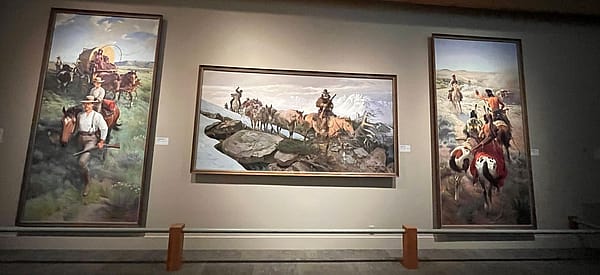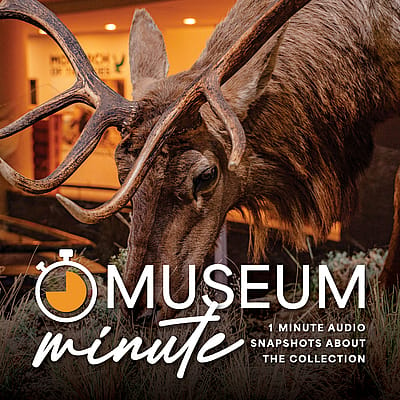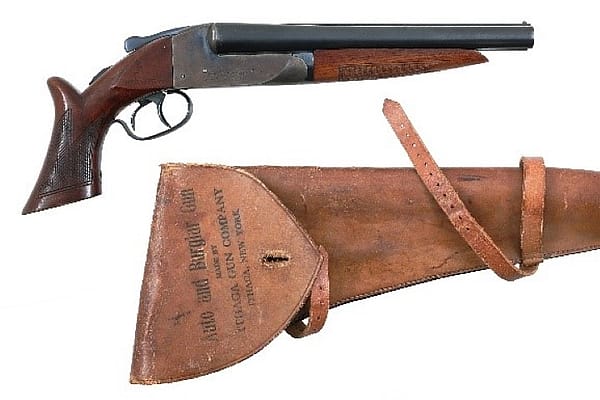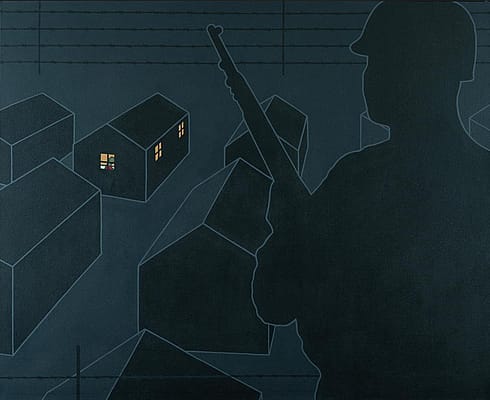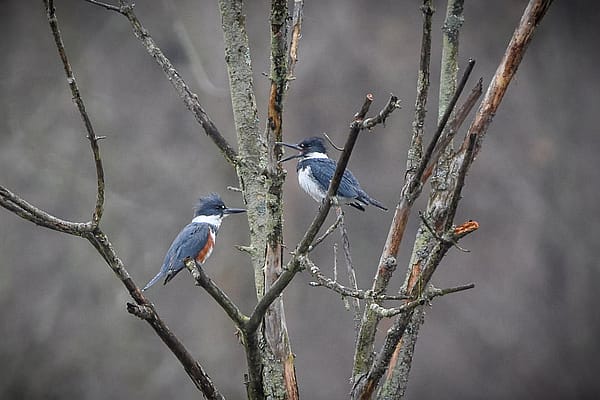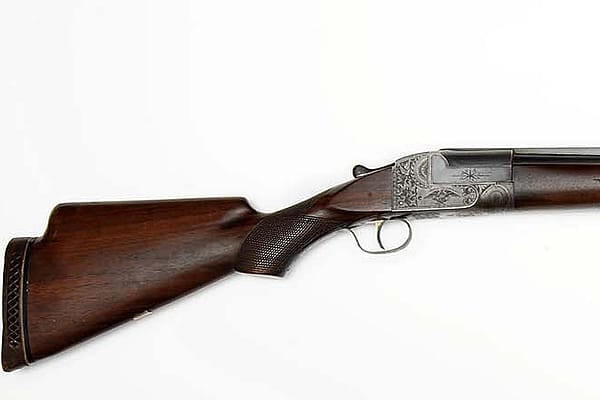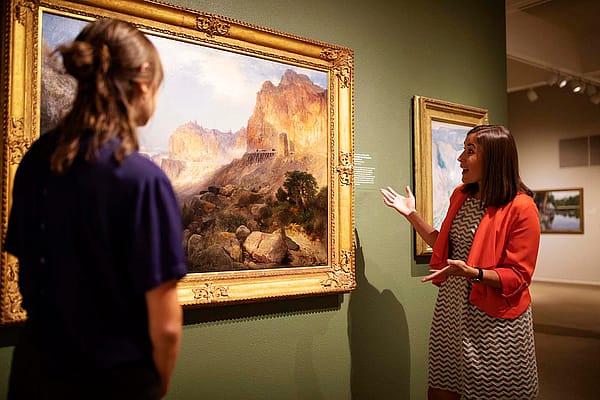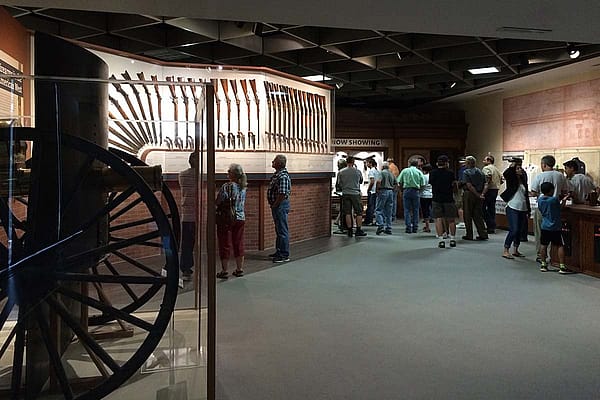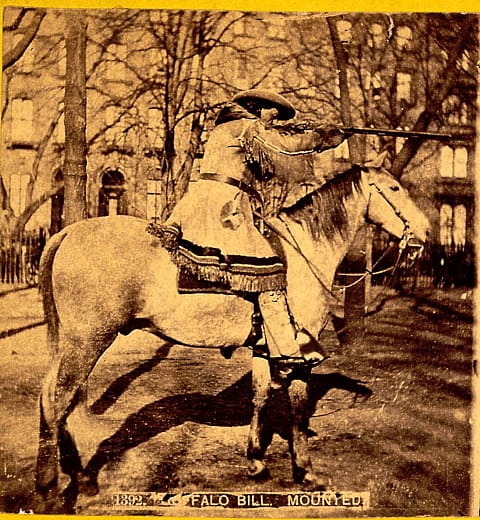
A Legend Remade: Ithaca Tries its Hand at the Hawken

Legends contain lessons, and humans are nostalgic beings. We like to look back at the past and pat ourselves on the backs for jobs well done, plans well made, and decisions well met. Better yet, people have a tendency to take ideas from the past and build their futures upon them. For example, Bud Brown of the Cherry Corners Manufacturing Company admired the classic muzzle-loading design of the Hawken Rifle so much so that spearheading a resurgence for Samuel and Jacob Hawken’s guns became Brown’s life work.
The Hawken story begins over 200 years ago, on the east coast of the United States. Christian Hawken set up shop in Hagerstown, Maryland, but his sons Jacob and Samuel would both end up in St. Louis, Missouri by the 1820s. The Hawken rifles were easier to carry, stood more abuse, and were more powerful than the widely-used Kentucky long rifle. These firearms eventually earned the nickname “mountain rifle” since their creators strengthened and simplified these firearms for use in the farthest reaches of the Rocky Mountains. Arguably, the “Hawken Rifle” became the frontier noun for heavy, muzzle-loading rifles.
Left-Over Legends
These rifles represent examples of early-American ingenuity and creativity. The Cody Firearms Museum possesses several Hawken Rifles, including a firearm made by Christian Hawken.

The average Samuel Hawken rifle was around .53 caliber, bored with a slow twist which increased accuracy. A round ball has very little bearing on the lands of the rifling and thus is much easier to control and propel through a slow-pitched barrel.

It is highly debated whether the Hawken rifles were truly as popular as some people say they were. Still, these firearms became legends thanks to their adoption by mountain men like Kit Karson and Jim Bridger and the prominent role these firearms played in pop culture.
Peak production for these rifles occurred during the 1849 Gold Rush, but Jacob Hawken died that same year. Samuel Hawken retired from the business around 1855, and William Hawken, Samuel’s son, continued alone. Later owners like John Phillip Gemmer continued to stamp guns produced at the shop as “Hawkens,” capitalizing on the Hawken reputation. Gemmer would eventually stamp the firearms with “J.P. Gemmer, St. Louis,” and would continue the business until 1915. By 1915, cheap breechloaders and the target shooting trend made the business unprofitable.
Ithaca’s Connection to a Legend
By the 1960s, people considered Hawken rifles keepsakes rather than necessities. Still, the Civil War Centennial caused a revival in black powder usage. Several companies attempted to take advantage of this resurgence by reproducing the Hawken Rifles for modern audiences. Bud Brown and his Cherry Corners Manufacturing was one such company. Bit by bit, Brown constructed Hawken parts until he had a full kit available by 1973. Increased demand for these reproduction parts led the man to put his business up for sale, ending another chapter in the Hawken legend.
Brown called Ithaca in early 1976. During this call, he told the gun company, “I’ll sell you my business if you’ll guarantee to make a traditional Hawken people can afford.” Months of talks between Ithaca, their gunsmiths, and black powder aficionados ensued. Ithaca signed the papers on July 29th, 1976 that put them into the Hawken business.
Ithaca started production of a .50 caliber percussion rifle called the Ithaca-Hawken in 1977, ultimately creating the first mass-produced rifle called a “Hawken” that actually looked like a Hawken rifle. It featured a 32″ one-inch octagonal barrel with a 1-66 twist. For $285, one could buy a rifle kit to assemble at home, or customers could shell out $420 for an already complete rifle. Unfortunately, the “Hawken Division” of Ithaca Gun produced and marketed these guns for only 18 months before selling the Ithaca-Hawken to the Navy Arms Company.
So Ithaca, a company best know for their shotgun designs, threw its hat in to the ring. Though their stint in the Hawken legend was short-lived, it still represents one company’s attempt to respond to different firearms trends.
Written By
Kirsten Belisle
Kirsten Belisle is from Roscoe, Illinois, and she is currently pursuing a master’s degree in Museum Studies at Western Illinois University-Quad Cities. As an intern for the Cody Firearms Museum, Kirsten will create educational programming in the gallery space and assist with a visitor studies campaign within the museum. She has many interests in the history field, but a few include paleography (the study of old writing), US railroad history, and the role firearms played in developing leisure culture.


